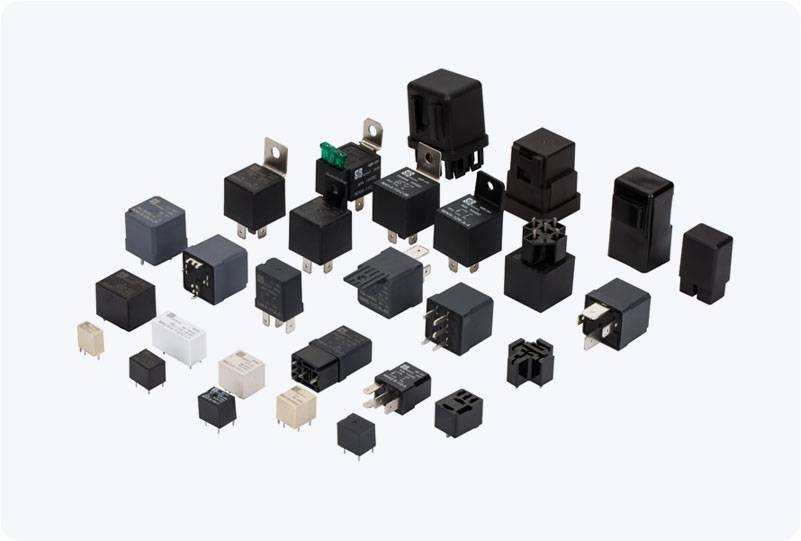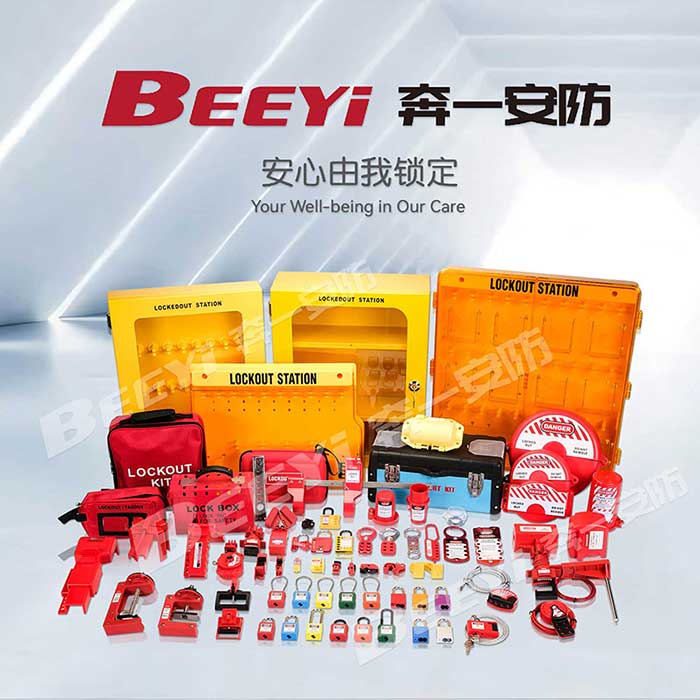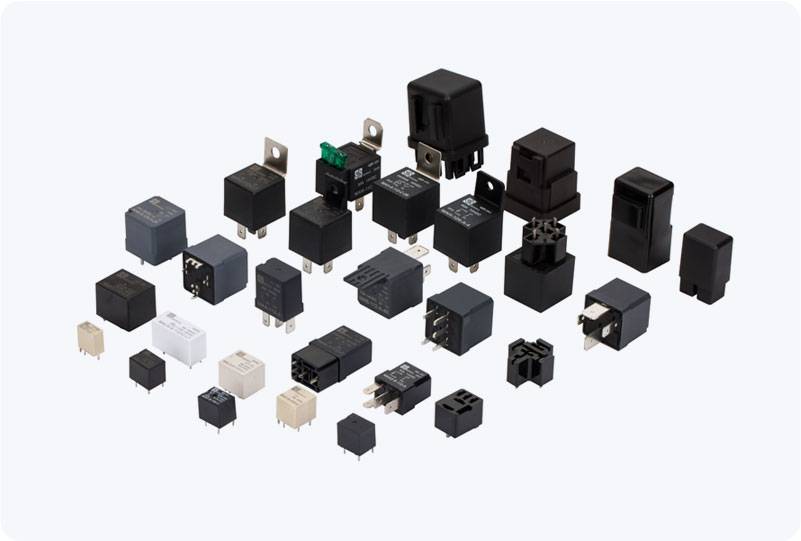In industries where explosive and volatile gases or liquids are present, ensuring safety is of utmost importance. One critical component used in such environments is the Explosion-proof Electric Ball Valve. This valve combines both the reliability of electric actuation and the safety features of explosion-proof design, making it an essential part of systems in hazardous areas like chemical processing, oil and gas, pharmaceuticals, and more. In this article, we will delve into the features, benefits, and applications of explosion-proof electric ball valves and explain why they are indispensable in high-risk settings.
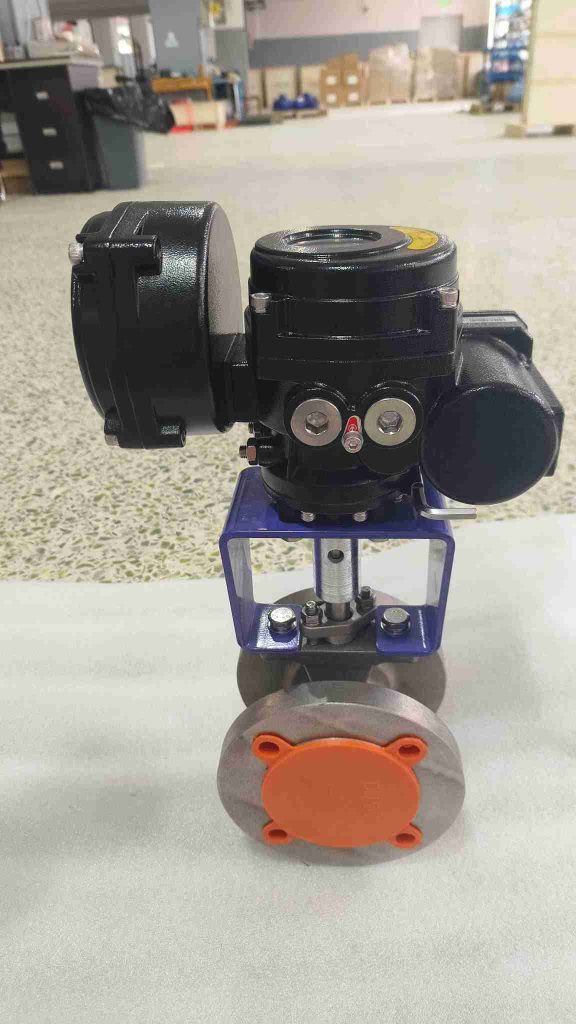
What is an Explosion-proof Electric Ball Valve?
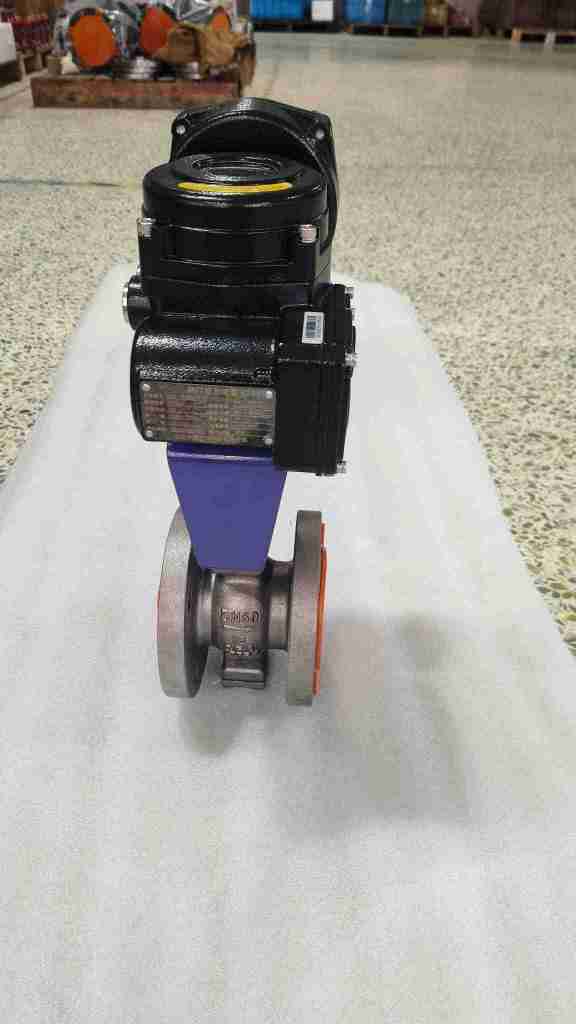
An explosion-proof electric ball valve is a type of ball valve that uses an electric actuator to open and close the valve and is specifically designed to prevent ignition in hazardous areas where explosive gases, dust, or vapors may be present. These valves are housed in an explosion-proof enclosure that ensures sparks or heat from the internal mechanisms do not ignite the surrounding environment. The electric actuation offers precision control and remote operation, making them ideal for automated systems. Key Features of Explosion-proof Electric Ball Valves Explosion-proof Enclosure

